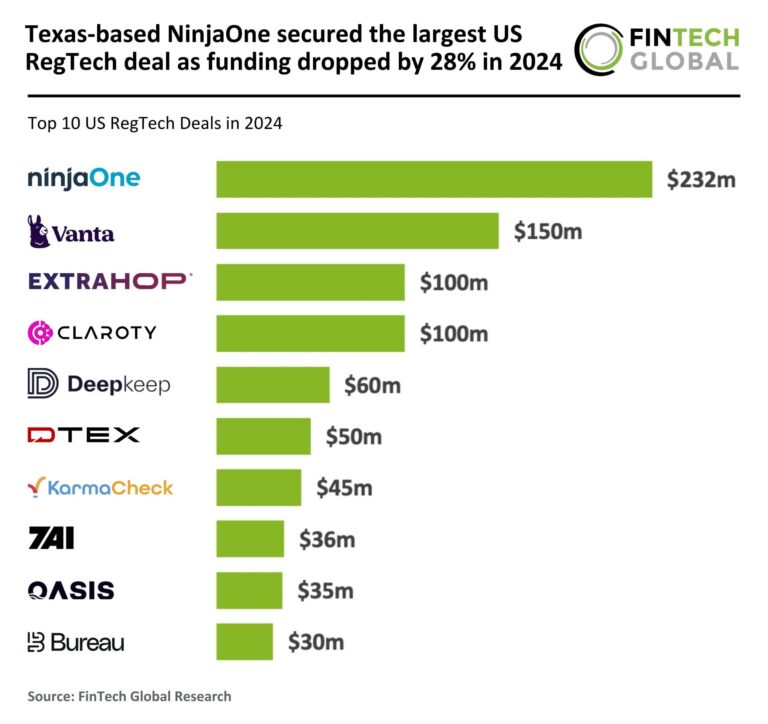Seamless AI Integration: Top Strategies for Modernizing Legacy Financial Systems
In today’s financial landscape, the integration of AI in financial crime prevention is becoming increasingly vital. Despite this need, many financial institutions find themselves dependent on outdated legacy systems that are not equipped to handle advanced AI-driven solutions. To navigate this challenge effectively, a structured and strategic approach is essential to prevent operational disruptions and maintain compliance with regulatory standards.
Best Practices for Integrating AI into Legacy Financial Systems
Start Small with Pilot Programs
Implementing AI technology does not have to be overwhelming. Financial institutions are encouraged to initiate pilot programs that use AI overlays. This allows organizations to assess the effectiveness of AI tools without the need to overhaul their core infrastructure. Benefits include:
- Reduced risk of disruptions
- Compatibility with existing systems
- Incremental adjustments based on pilot results
Utilize API-Based AI Tools
API-based AI solutions can facilitate real-time fraud detection and compliance monitoring. These tools can be integrated without significant changes to backend systems. For example:
- APIs for name screening enhance Anti-Money Laundering (AML) processes.
- Transaction scoring APIs improve compliance monitoring.
Embrace Cloud Technology for Scalability
Cloud-based platforms offer a solution to scaling challenges, enabling institutions to manage large volumes of compliance data at a lower cost. Transitioning AML and sanctions screening to the cloud provides:
- Rapid model training capabilities
- Real-time updates for compliance
- Enhanced security measures
The Importance of Data Standardization
Many legacy systems contain siloed, unstructured data, which can significantly hinder the accuracy of AI technologies. By adopting a unified data model, organizations can enhance:
- Decision-making processes
- Reporting accuracy
- Reduction in false positives
Meeting Regulatory Requirements
AI solutions must be designed to comply with regulatory frameworks such as AML, GDPR, and FATF. This includes features like:
- Explainable decision-making processes
- Comprehensive audit trails
- Clear logic behind automated risk assessments
Advanced AI Tools for Compliance
More sophisticated tools, such as agentic AI, can automate compliance decisions and identify high-risk transactions, triggering necessary due diligence actions. Collaborating with technology providers enables firms to integrate these innovations effectively without starting from scratch.
For further insights into integrating AI into financial systems, check out SymphonyAI’s detailed guidelines.







